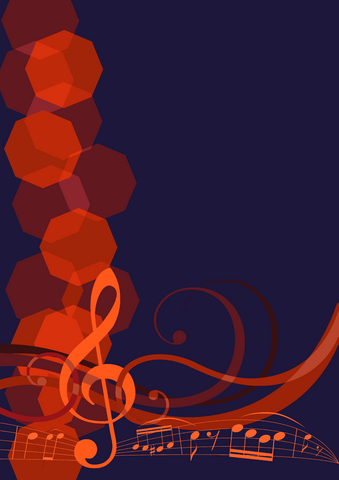Work in Japan Advice Board


- Jobs in Japan @ Daijob.com
- Make Music Find Flow
Creative Career Path
Make Music Find Flow2013.07.09
We are blessed in this age to have access to most of the world’s music, to be able to carry it with us, and swim in its high fidelity flow almost whenever we like. This is a remarkable achievement, something  akin to time travel.
akin to time travel.
To take full advantage of this, and to use the power of music to experience flow, there are several things that we need to consider about music, and the way we currently experience it.
What does music mean to you?
It might help to consider that question in the light of what music has meant to people over time. Leonardo da Vinci considered the painter to be the representer of visible things, and the musician the representer of invisible things. Leo Tolstoy called music the shorthand of emotion. The Chinese philosopher Mencius said, if the King loves music, it is well with the land. Reading quotes on music gives you a multi-faceted perspective on music, and what a powerful force it can be in our lives.
Can be, because for many it has degenerated into a mere distraction, auditory wallpaper. Music playing in the background is no guarantee that people will listen to or appreciate it. What’s worse is when the music is invasive, poor quality, or advertising masking as music. Lily Tomlin said, “I worry that the person who thought up Muzak may be thinking up something else.”
Music is not a jealous mistress. It invites you to listen deeply, but releases your attention whenever you need to focus on something else. As long as we control the process, this is itself an interesting way to experience flexible focus.
How do you listen to music?
The superficial answer, for superficial listeners, is with your ears. Of course we hear music with our ears, but we can and should listen to music with all of our senses. Our bodies are designed to conduct everything from vibration to emotion, to be superbly in tune with flow.
This is true not only for listening, but even for playing and performing music. Scottish Percussionist Evelyn Glennie is a world class performer, despite the fact that she lost nearly all of her hearing by the age of 12. As a musician, a motivational speaker, and a music educator, her presentation on TED is a remarkable demonstration of the physicality of music.
A good musician listens and plays with the whole body, while a great musician makes music heard and felt with the whole body. By listening deeply to great musicians, which is easier now than ever in history, you can experience what it is like to feel music in your bones, to be moved in your heart.
Another way to access the deeper levels of music is what Michael J. Gelb recommends in his classic bestseller, How to Think Like Leonardo da Vinci: Seven Steps to Genius Everyday. The practice of what he calls layered listening involves directly your attention to elements of the music that may have escaped your awareness, the types and timbre of the instruments, the interplay of the musicians, performances of the same music by different musicians. Enter into the non-verbal dimensions of the music and find flow in a journey of discovery that will make you feel as if you are hearing even a familiar piece for the first time.
Improvisation in flow
One way to get inside the mind of a musician is to study the process of how professional musicians approach improvisation, the essence of the ability to make music and find flow.
Kenny Werner is a jazz pianist who has explored the process of creativity and expression in music and life, which he explores in depth in his book, Effortless Mastery: Liberating the Master Musician Within. His approach involves guided meditations with a CD, and while the approach to relaxation is close to conventional hypnosis, he approaches it as an experienced musician, well acquainted with the challenges of playing without thinking, mastery of sound, mastery of the body.
Another approach to improvisation which includes music and encompasses creativity in the art of living is Free Play: Improvisation in Life and Art, by Stephen Nachmanovitch. This book will guide you through the process in a more comprehensive way, but ultimately improvisation is something which you learn by experience.
Reading about flow is fun, but certainly secondary to experiencing it. Music is emotion in motion. Take in the scenery and enjoy the ride!
Article Writer
William Reed is a renowned author-speaker who coaches physical finesse and flexible focus for a creative career path. A certified Master Trainer in Guerrilla Marketing and 7th-dan in Aikido, he combines practical wisdom of East and West to help you learn personal branding at the Entrepreneurs Creative Edge.
Similar Articles
- 2015.08.04A Comparison between Western and Asian D...
- 2015.07.28Being an Effective Communicator
- 2015.07.21Making Your Presentation Interactive




